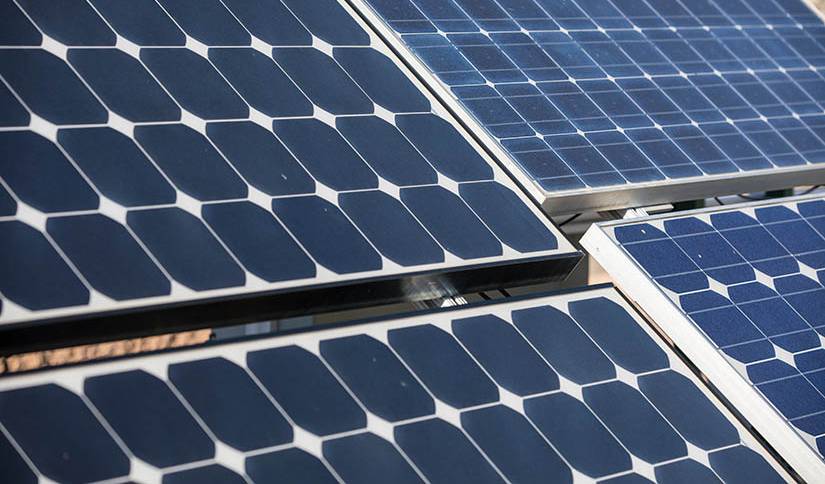Extreme Weather, Rapid Innovation, and Rock-Bottom Prices: NREL Researchers Offer Guidance for Solar Systems To Last

Scientists at the National Renewable Energy Laboratory have laid out a cost-effective five-point plan to improve the reliability of solar panels in light of extreme weather, rapid innovation, and extremely competitive prices.
In a commentary piece published in the journal Nature, Dirk Jordan, Teresa Barnes, Nancy Haegel, and Ingrid Repins urge the solar industry to adopt stringent guidelines to ensure the technology installed today is built to last. Jordan is a senior reliability engineer, Barnes the group manager for materials reliability, Haegel the director of the Materials Science Center, and Repins a senior research fellow.
“It’s exciting that costs in solar have dropped so much that we get to look at challenges beyond up-front cost, like ensuring a useful project lifetime of decades,” Repins said.
“We have a choice to build solar systems that can provide reliable electricity even when we have extreme weather damaging the grid. Certifications, including education and utilizing the best practices for regional extreme weather, will pay for themselves with cost-saving electricity," Jordan said.
New designs and materials are moving to market quicker than in the past, however, and durability testing must be accelerated, the scientists noted. While today’s solar technology has become more efficient, there is also little room for error. Extreme weather caused by climate change also poses a problem to solar panels, such as during a 2019 Texas storm when hailstones nearly 7 centimeters across shattered modules, the equivalent of powering 20,000 homes.
The researchers cautioned that existing vulnerabilities, if not proactively addressed, could slow the massive rollout of solar energy required to meet climate change goals and improve electricity reliability. To avoid that happening, the authors outlined these steps should be taken:
- Boost science — An improvement needs to be made in laboratory testing and understanding of the basic physics and chemistry of degradation, including tests that consider more extreme conditions and expose faults in a more realistic way.
- Strengthen standards — Quality standards, which currently often cover individual components, need to cover the entire solar energy system such as by utilizing the IECRE (International Electrotechnical Commission for renewable-energy applications). System components need to be exposed to laboratory conditions that better combine naturalistic stressors.
- Monitor changes — The use of sensors and monitoring for the early identification of issues must become routine, so that, for example, panels on tracking systems can be tilted for hail protection.
- Track materials — Solar developers, buyers, and testers should request information on the materials used in panels in the event manufacturers had to substitute untested components because of supply-chain issues. Certifications that include random product testing should be utilized.
- Educate community — Best practices need to be communicated and adopted worldwide, including such issues as the simple steps that can help to keep systems operating in hurricane-prone regions. Commitment to the quality of solar systems is essential across the value chain and should include rigorous installer training such as offered through NABCEP (North America Board of Certified Energy Practitioners).
Learn more about photovoltaic research at NREL.
Last Updated May 28, 2025
